AQUABACxt
AQUABACxt is a highly effective, US EPA-registered biological larvicide containing a naturally occurring species of bacteria called bacillus thuringiensis var. israelensison. Bti is considered an environmentally friendly alternative to chemical pesticides since it is highly specific to nuisance insects and has no toxicity to humans. AQUABACxt maximizes exposure of the toxic spore produced by Bti to the larval stage of aquatic midges.
Aquatic midges can restrict recreational activities, destroy light fixtures, and damage property paint, stucco, and other wall finishes. They also exacerbate water quality issues by increasing sediment nutrient recycling, depleting oxygen in the bottom waters, and accelerating methane and ammonia release.
Bti’s mode of action begins during its spore forming stage which involves the production of a protein crystal, or a parasporal body. This parasporal body consists of six δ-endotoxins (Ben-Dov, 2014). When target species such as mosquito larvae consume Bti, the δ-endotoxins bind to epithelial cells within their stomach lining where the internal stomach alkalinity activates the parasporal body toxins. The toxins are then released, causing the stomach to burst and eventually result in the death of the target larvae (Hughes et. al., 2004).
Bti can be applied into waterbodies such as lakes, ponds, and other smaller areas of collected water. Once in contact with target species such as mosquito larvae, Bti will produce activated toxins and restrict larvae development from entering the pupa and adult mosquito life stage. Fortunately, target species resistance to Bti toxins have not been observed since its discovery and Bti has remained an extremely effective control mechanism for the proliferation of mosquito larvae (Ben-Dov, 2014).
Bti, largely due to its target specific larvicidal effects, poses no toxicity risk for humans and is safe to apply in aquatic environments. Bti has also been shown to have no toxicity or adverse negative effects on fish, insects, mammals, and aquatic microorganisms (US EPA, 2022). Overall, Bti has been proven to be a safe and easy to apply biological larvicide.
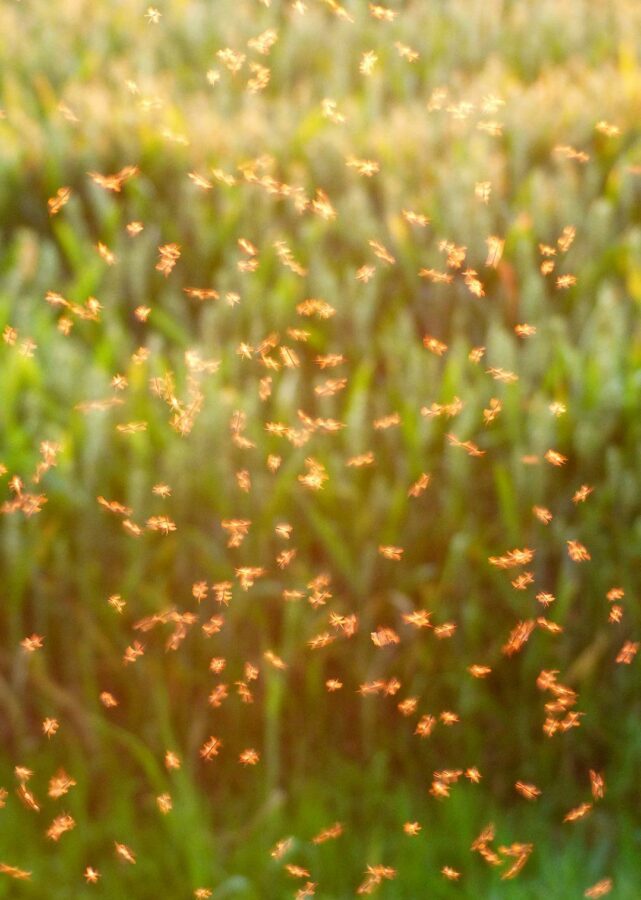
Barjac, H.D. & Sutherland, D. J. (Eds.) (1990). Bacterial control of mosquitoes & black flies: Biochemistry, genetics, & applications of bacillus thuringiensis israelensis and bacillus sphaericus. Rutgers.
Ben-Dov, E. (2014). Bacillus thuringiensis subsp. israelensis and its Dipteran-specific toxins. Toxins, 6, 1222-1243.
Hughes, P.A., Stevens, M.M., Park, H., Federici, B.A., Dennis, E.S., & Akhurst, R. (2005). Response of larval Chironomus tepperi (Diptera: Chironomidae) to individual Bacillus thuringiensis var. israelensis toxins and toxin mixtures. Journal of Invertebrate Pathology, 88, 34-39.
Dosage Rates
Apply diluted with water and repeat as needed
| Nuisance Pest | Location | Dose Rate per Acre |
| Mosquitos | Standing Freshwater | 0.25 – 1 pint |
| Mosquitos | Standing or Tidal Saltwater | 0.5 – 1 pint |
| Mosquitos | Highly Polluted Water | 1 – 2 pints |
| Midge Flies | Shallow lakes/ponds per sewage oxidation ponds (<1 acre, 6ft deep> | 1 gallon |
- AQUABACxt is available in multiple container sizes: 5, 135, and 250 gallons
- Apply in conventional aerial and ground application equipment with sufficient water to provide thorough coverage of the target area
- The amount of water needed depends on weather, type of spray equipment and mosquito habitat
- For black flies and other nuisance flies, reference label instructions
Key Benefits & Highlights
- Highly potent with immediate results
- Environmentally friendly
- Only targets nuisance insects
- Reduces nutrient recycling caused by midges
- Balances food by restoring zooplankton populations
- Improves lake water quality
- And more!
| Specifications | |
| Ingredients | bacillus thuringiensis var. israelensis |
| Description | Tan Liquid |
| Odor | Mild, acidic fermentation |
| pH | 4.5 -4.8 |
| Stability – Activity loss | Avoid prolonged exposure to temperatures above 85°F |
| Storage and Handling | Tightly reclose containers of unused materials. Do not contaminate water, food or feed by storage or disposal. Store in a secure, cool, dry well-ventilated location. Avoid temperatures above 85°F/30°C. |
SUMMARY: A 1 acre stormwater pond in Ponte Vedra Beach, Florida quickly became a major nuisance for residential homeowners when swarms of non-biting phantom midges infested the pond.
SOLUTION: : Efforts to control Chaoborus midges were immediately put in place with a local lake management company, The Lake Doctors, Inc., which recommended treating with AQUABAC®xt (supplied by Natural Lake Biosciences – a division of Aquafix, Inc.), a Bio larvicide with bacillus thuringiensis var. israelensison (Bti) being the active ingredient. Bti is considered an environmentally friendly alternative to chemical pesticides since it is highly specific to nuisance mosquitos, blackflies, aquatic midges, and flies and has no toxicity to humans.
RESULTS: The larvicide application was made on May 17th, 2022, on Pond #1 with larvae counts being performed using a 6-inch square bottom sampler before and after treatment (n=5) in both Pond #1 and in a nearby reference Pond #2. The label rate for midge fly control using liquid AQUABAC®xt was followed at 1.0 gallons/acre (3.80 liters/acre) and applied to Pond #1. An 88.6 % decrease in larval counts 22 days after treatment was observed in Pond #1 with no living Chaoborus midges being found. The non-treated reference Pond #2 had an increase in larval counts by 18.5% with all larvae found to be alive. Stakeholders reported recreational activities were no longer hindered just days after the treatment. AQUABAC®xt can be used to effectively control Chaoborus midges.
Include in treatment programs for:
- Mosquitos
- Black flies
- Fungus gnats
- Midge flies


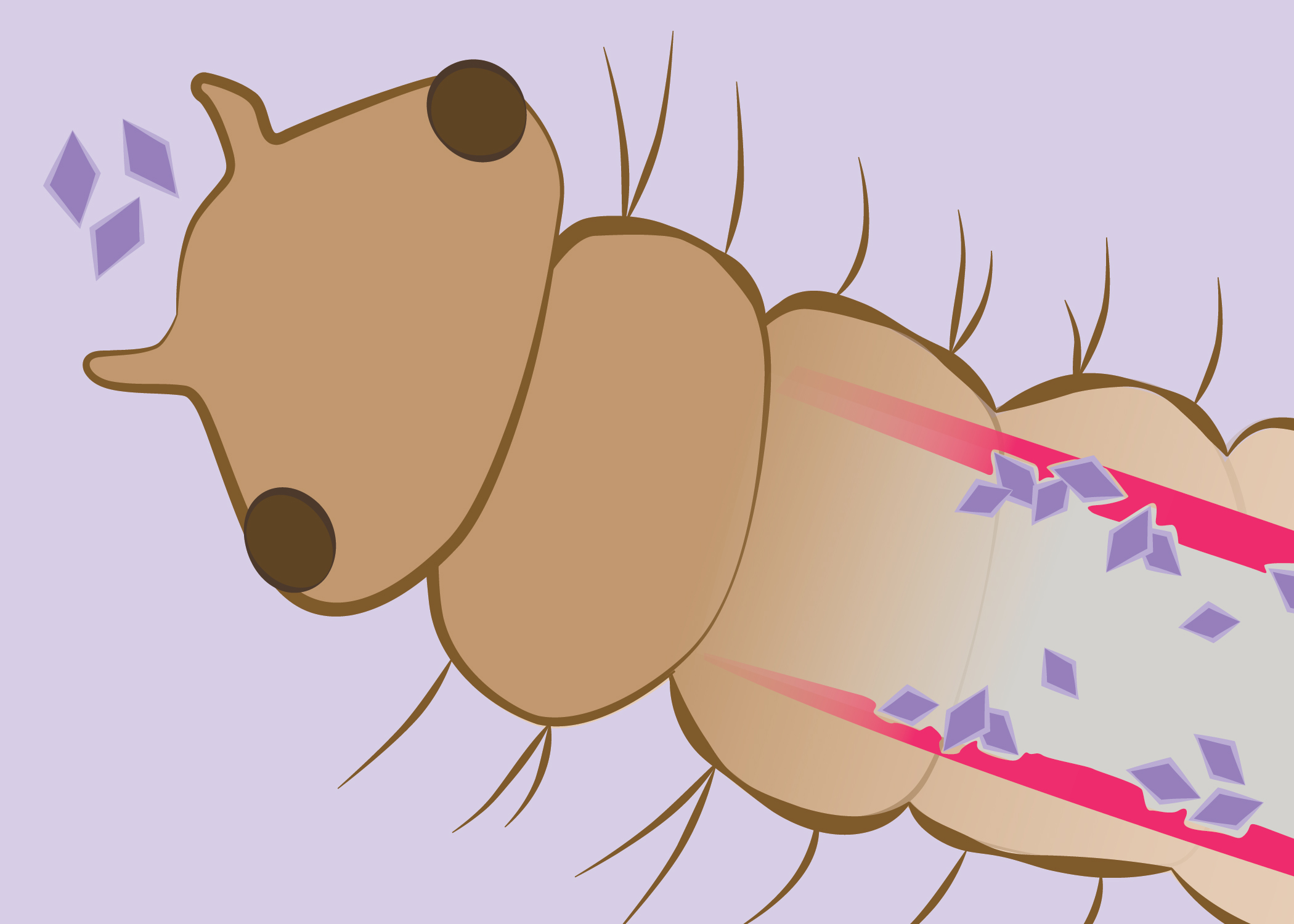
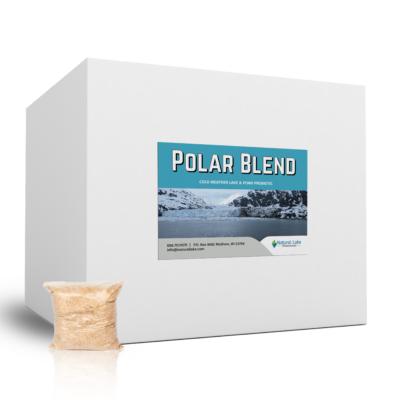
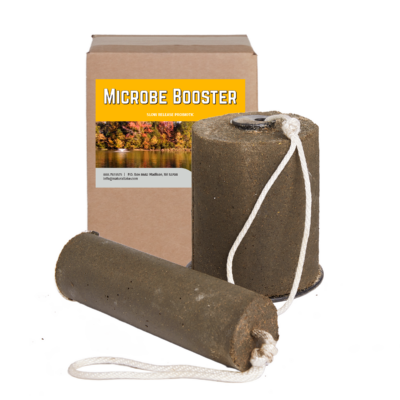
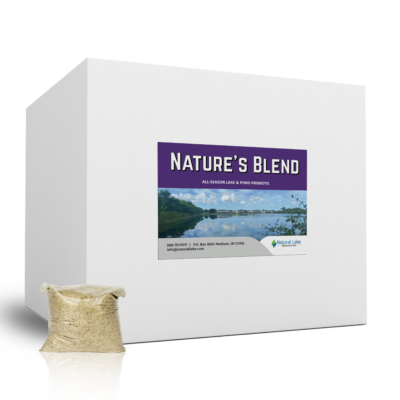
Reviews
There are no reviews yet.